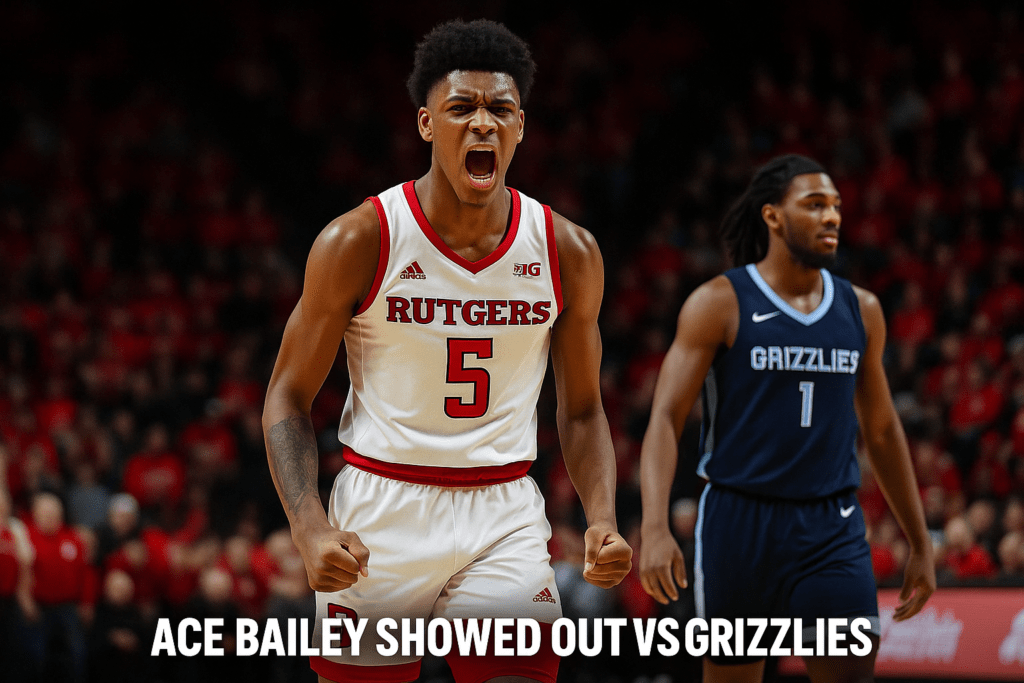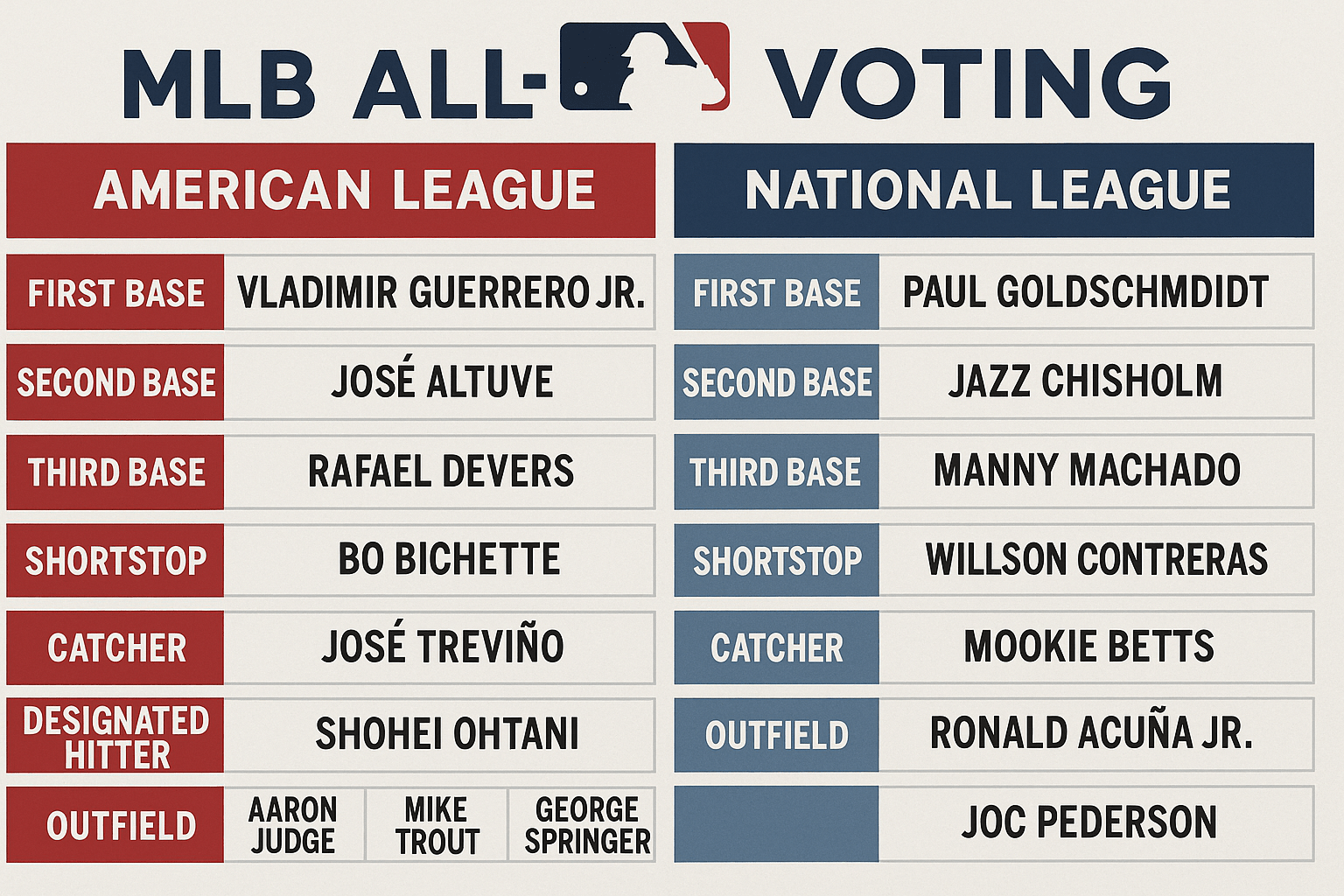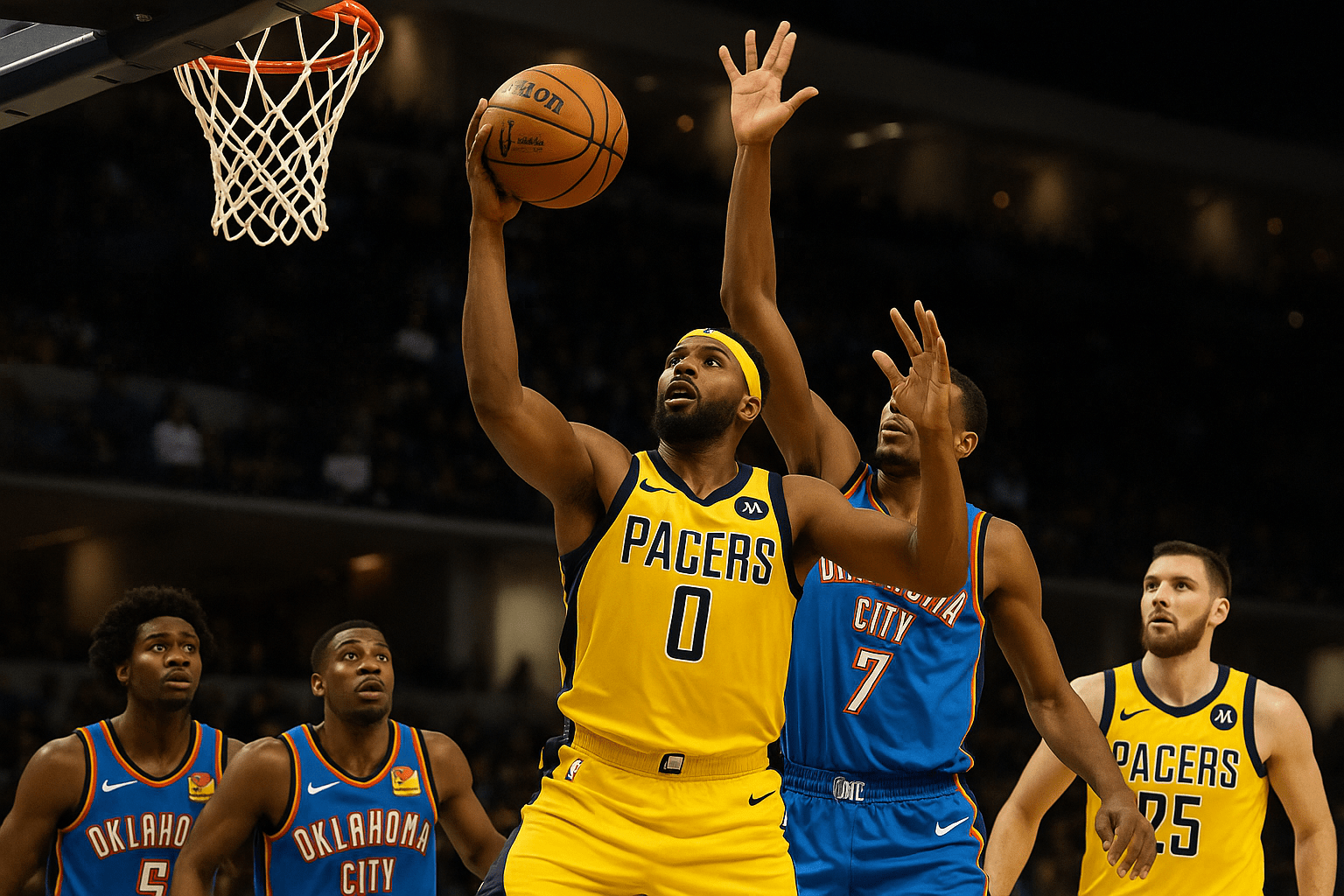There’s a moment in every game when the ball hangs in the air longer than it should. Not because of physics, but because of anticipation. That hush in the crowd before a dunk. That silence right before a jumper drops. If you’ve seen Ace Bailey play, you know what I’m talking about. That moment happens more than once. In fact, it defines his presence on the court.
It’s not hyperbole to say Ace Bailey is changing the tone of conversations in basketball circles. From high school gyms packed with scouts to trending threads across basketball forums, there’s a quiet storm building. And at the center of it, Bailey stands, long-limbed, confident, and unconcerned with the spotlight he’s stepping into. If anything, he seems built for it.
But his rise isn’t just about athleticism or viral dunks. It’s about rhythm, resilience, and redefining expectations. NBA scouts, analysts, and old-school veterans all see something different in Bailey. The real story isn’t whether he’ll succeed. It’s how loud that success will echo.
Early Sparks: A Game That Grew Beyond the Rankings
Long before Ace Bailey became a household name in scouting reports, he was just a kid in Georgia with a frame that looked too fragile for the lane and a hunger that was anything but. What makes his journey compelling is that it wasn’t meteoric—it was layered. Early on, coaches noticed the length, sure, but it was his motor that turned heads. He moved like someone already competing against the next level.
He didn’t dominate youth leagues by brute force. He dissected defenses with instinct. When you watched him in AAU play, you could see flashes—spin moves in traffic, off-ball cuts with timing, the ability to rise and knock down shots under pressure. Those weren’t just moments. They were signals.
And once he transferred to McEachern High School, things accelerated. In the vs match against national powerhouse Prolific Prep, Bailey dropped 28 points, grabbed 11 rebounds, and closed the game with two defensive stops that left the gym buzzing. The stat line was electric, but it was his poise that left the lasting impression.
NBA scouts were already circling, but after that game, they started rearranging their draft boards.
Stats That Tell More Than Just Numbers
By the time Bailey entered his final high school season, his numbers had gone from promising to staggering. Averaging 23.9 points, 10.2 rebounds, 3.5 assists, and 2.1 blocks per game, his stats became a story of consistency. Every night he delivered, and every night he adjusted to whatever the opposing team threw at him.
More than just volume scoring, it was his efficiency that stood out. Shooting over 55% from the field and a surprising 38% from beyond the arc, Bailey didn’t just create highlights—he executed game plans.
In tight match scenarios, especially against elite competition, he found ways to rise. Against IMG Academy, down by six in the final two minutes, he hit back-to-back threes and closed the game with a put-back dunk. The nba score mindset was already there—clutch moments, unshakable focus.
And perhaps most telling of all: in every game he played, he guarded the best player on the other team. Coaches didn’t just rely on him for offense. They trusted him as the anchor.
Ace vs Everyone: A Mentality, Not a Matchup
What makes the “Ace vs” storyline so compelling is that Bailey doesn’t change much depending on who’s across from him. It’s not about proving something personal. It’s about executing what he knows he can do.
Take his matchup against Ron Holland in the EYBL Finals. Holland, already being hyped as the next big thing, had size, explosiveness, and swagger. But Bailey didn’t flinch. He played his own pace, attacked gaps without forcing, and by the end of the game, had quietly put up a 26-9-4 stat line while holding Holland to 6-of-19 shooting.
It wasn’t dominance in the obvious sense—it was control. Every possession, every closeout, every backdoor cut felt intentional. Bailey didn’t just play the game. He understood it. And while social media blew up over the dunk he landed late in the third, real analysts noticed the positioning on help defense and his communication off-ball.
That’s what separates him. That’s why his NBA ceiling feels like something still being written.
The NBA Gaze: Pressure or Prelude?
With each passing month, the pressure grows. But Bailey, by all appearances, seems unaffected. Maybe it’s because he doesn’t buy into the noise. Or maybe it’s because his preparation runs deeper than his highlight reels.
He’s already being mentioned alongside the likes of Justin Edwards and DJ Wagner in mock drafts. His name floats higher every time a coach or GM gets a firsthand look. But while others get caught up in “who’s next,” Bailey just plays. Whether it’s a meaningless summer league scrimmage or a high-stakes prep tournament, he shows up with the same approach.
And make no mistake—NBA conversations aren’t speculative anymore. Scouts are dissecting his footwork, tracking his passing angles, studying how he defends the pick and roll. They see a forward who can switch onto guards, block shots, and initiate offense off the rebound.
The whispers are turning into conviction: Ace Bailey isn’t just on his way. He’s inevitable.
Beyond the Court: The Voice, the Focus, the Mission
What surprises many is Bailey’s demeanor off the court. He’s not chasing endorsements or building a brand before he builds his résumé. He speaks sparingly in interviews, but when he does, the answers are measured. He talks about getting better, about helping teammates, about winning.
When asked about his nba future, he smiles slightly and says, “That’s not the goal. That’s just the next step.”
There’s something refreshing about that. In an era of hype culture, Bailey seems anchored in the fundamentals—teamwork, effort, growth. And that shows in his relationships with coaches and teammates. They speak less about his talent and more about his accountability.
In locker rooms, he leads without shouting. On the bench, he’s the first to stand after a big play. That sort of presence isn’t taught. It’s built.
The Stats, the Story, the Shadow of What’s Coming
There’s a strange tension in watching Ace Bailey play right now. Because every game feels like a preview. Like you’re watching the trailer of a movie that hasn’t hit theaters yet. You catch pieces of greatness, flashes of what’s to come. But you know the real spectacle is still down the road.
Still, even in preview, the numbers demand attention:
- 24.1 PPG average in national tournaments
- 9.8 RPG against top-10 ranked teams
- Defensive win share: 2.7 in the last 8 showcase events
- 76% finishing rate at the rim
- 7-2 wingspan—allowing him to contest shots beyond his position
Those are nba stats in disguise. And they’re becoming harder to ignore.
Closing: When Potential Feels Like Destiny
Some players enter the conversation quietly. Others explode into it with noise and neon. Ace Bailey, somehow, does both. His game roars, but his presence whispers. He’s the player you remember without needing to be reminded. He doesn’t ask for attention. He takes it in stride.
And that, more than any stat, any dunk, any vs showdown, might be what defines him most. The calm. The clarity. The sense that this is only the beginning.




